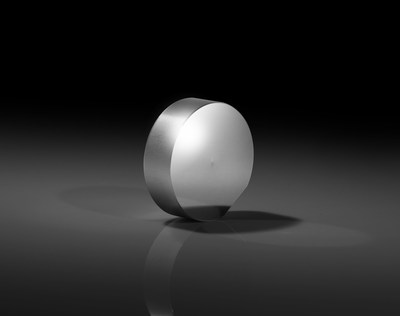

Berger aims to replace part of the brain's hippocampus, the region that converts short-term memories into long-term ones, with a BCI. Theodore Berger, a neural engineer at the University of Southern California in Los Angeles, is taking BCIs to a new level by developing a memory prosthesis. Carmena and Maharbiz spoke of the challenge of making a BCI that works stably over time and does not require being tethered to wires. These devices consist of pill-size electrode arrays that record neural signals from the brain's motor areas, which are then decoded by a computer and used to control a computer cursor or prosthetic limb (such as a robotic arm). José Carmena and Michel Maharbiz, electrical engineers at the University of California, Berkeley, are working to develop state-of-the-art motor BCIs. Many groups are now developing BCIs to restore motor skills, following damage to the nervous system from a stroke or spinal cord injury. The cochlear implant - in which the brain's cochlear nerve is electronically stimulated to restore a sense of sound to someone who is hard of hearing - was the first true BCI.

Substantial achievements have been made in the field of brain-computer interfaces, or BCIs (also called brain-machine interfaces). The reality, however, is that neural engineering is making significant strides toward modeling the brain and developing technologies to restore or replace some of its biological functions. The idea sounds like sci-fi, and it is - at least for now. Specifically, they believe that in a few decades, humans will be able to upload their minds to a computer, transcending the need for a biological body. Itskov and other so-called "transhumanists" interpret this impending singularity as digital immortality. 2045, "based on conservative estimates of the amount of computation you need to functionally simulate a human brain, we'll be able to expand the scope of our intelligence a billion-fold," Kurzweil said. = ((SpherePointer)(e.Pointer)).transform Add ability to drag by re-parenting to pointer object on pointer down public static void MakeNearDraggable(GameObject target) Assumes that the game object has a collider on it.
Near reality download how to#
The below example shows how to make a GameObject draggable. Var pointerHandler = target.AddComponent() Var material = target.GetComponent().material Touchable.EventsToReceive = TouchableEventType.Pointer public static void MakeChangeColorOnTouch(GameObject target) This example creates a cube, makes it touchable, and changes color on touch. Near interaction script examples Touch events Public void OnPointerDown(MixedRealityPointerEventData eventData)ĭebug.Log($"Grab start from public class PrintPointerEvents : MonoBehaviour, IMixedRealityPointerHandler If the pointer is a SpherePointer, the interaction is a grab. In the relevant IMixedRealityPointerHandler interface function, one can look at the type of pointer that triggers that event via the MixedRealityPointerEventData. Any ancestor of the object with the NearInteractionGrabbable will be able to receive pointer events, as well.īelow is a script that will print if an event is a touch or grab. On the GameObject or one of its ancestors, add a script component that implements the IMixedRealityPointerHandler interface. See which layers are grabbable by inspecting the Grab Layer Masks in your GrabPointer prefab. By default, all layers except Spatial Awareness and Ignore Raycasts are grabbable. Make sure the layer of the GameObject is on a grabbable layer. On the GameObject that should be grabbable, add a NearInteractionGrabbable, as well as a collider. The default grab pointer queries for nearby objects in a cone around the grab point to match the default Hololens 2 interface. A custom prefab can be utilized as long as it implements the SpherePointer class. The default GrabPointer prefab (Assets/MRTK/SDK/Features/UX/Prefabs/Pointers) should be listed with a Controller Type of Articulated Hand. One can confirm a SpherePointer will be created by selecting the MRTK Configuration Profile and navigating to Input > Pointers > Pointer Options. The default MRTK profile and the default HoloLens 2 profile already contain a SpherePointer. Implement an input handler interface on an attached script to the desired GameObject to listen for the grab or touch events.Įnsure a SpherePointer is registered in the MRTK Pointer profile.Ensure the desired GameObject has the appropriate grab or touch script component and Unity Collider.Ensure the relevant pointer is registered in the main MRTK Configuration Profile.Three key steps are required to listen for touch and/or grab input events on a particular GameObject. Touch and grab events are raised as pointer events by the PokePointer and SpherePointer, respectively.

Near interactions come in the form of touches and grabs.


 0 kommentar(er)
0 kommentar(er)
